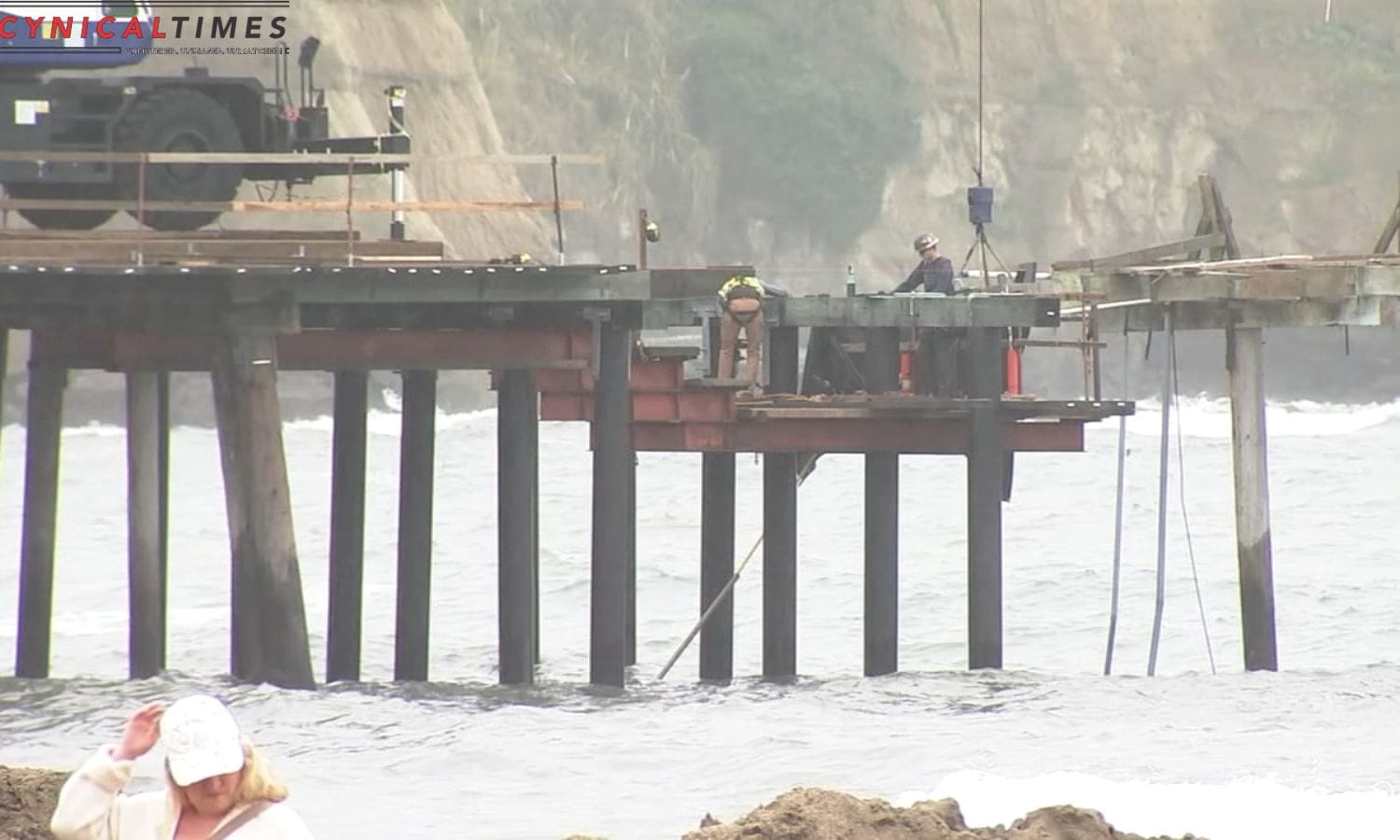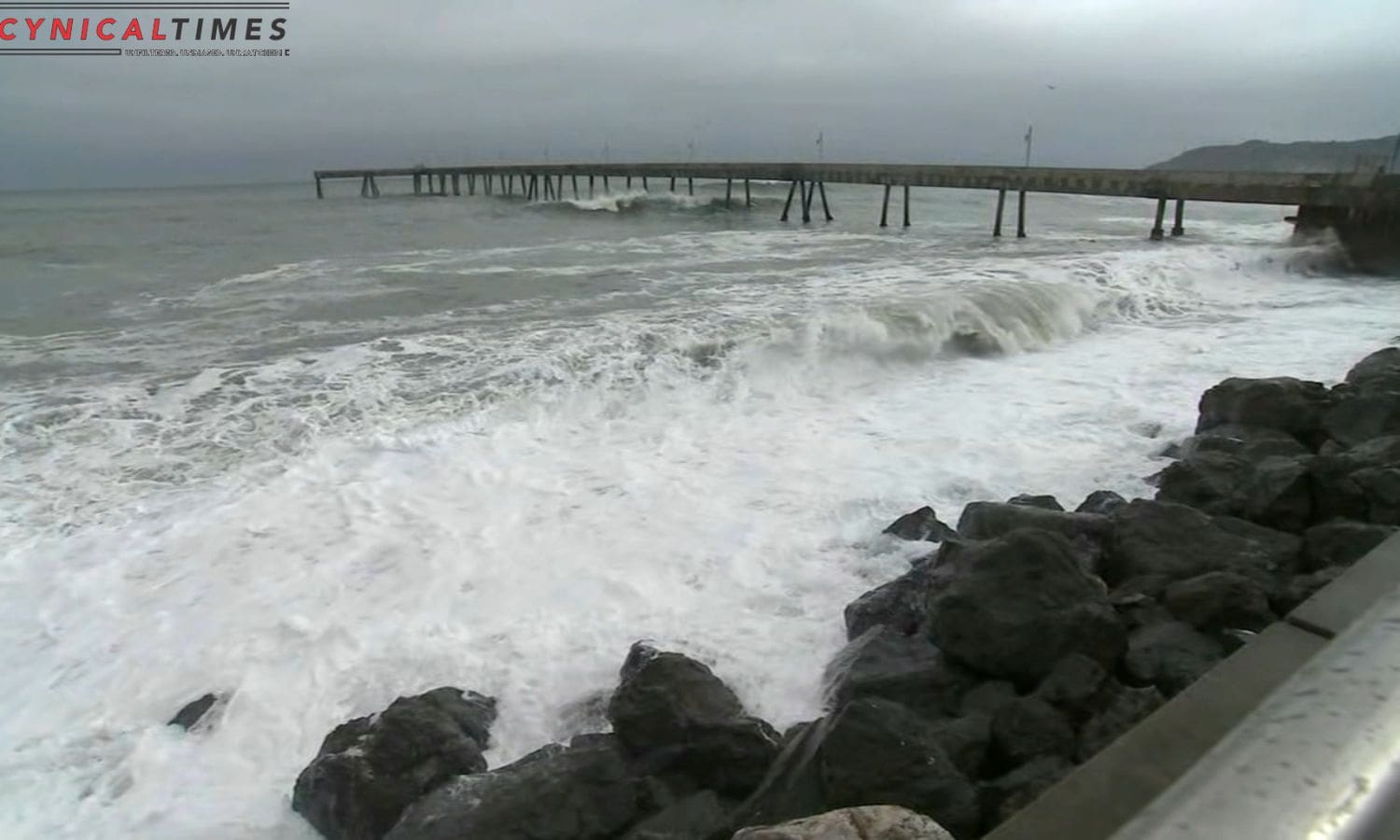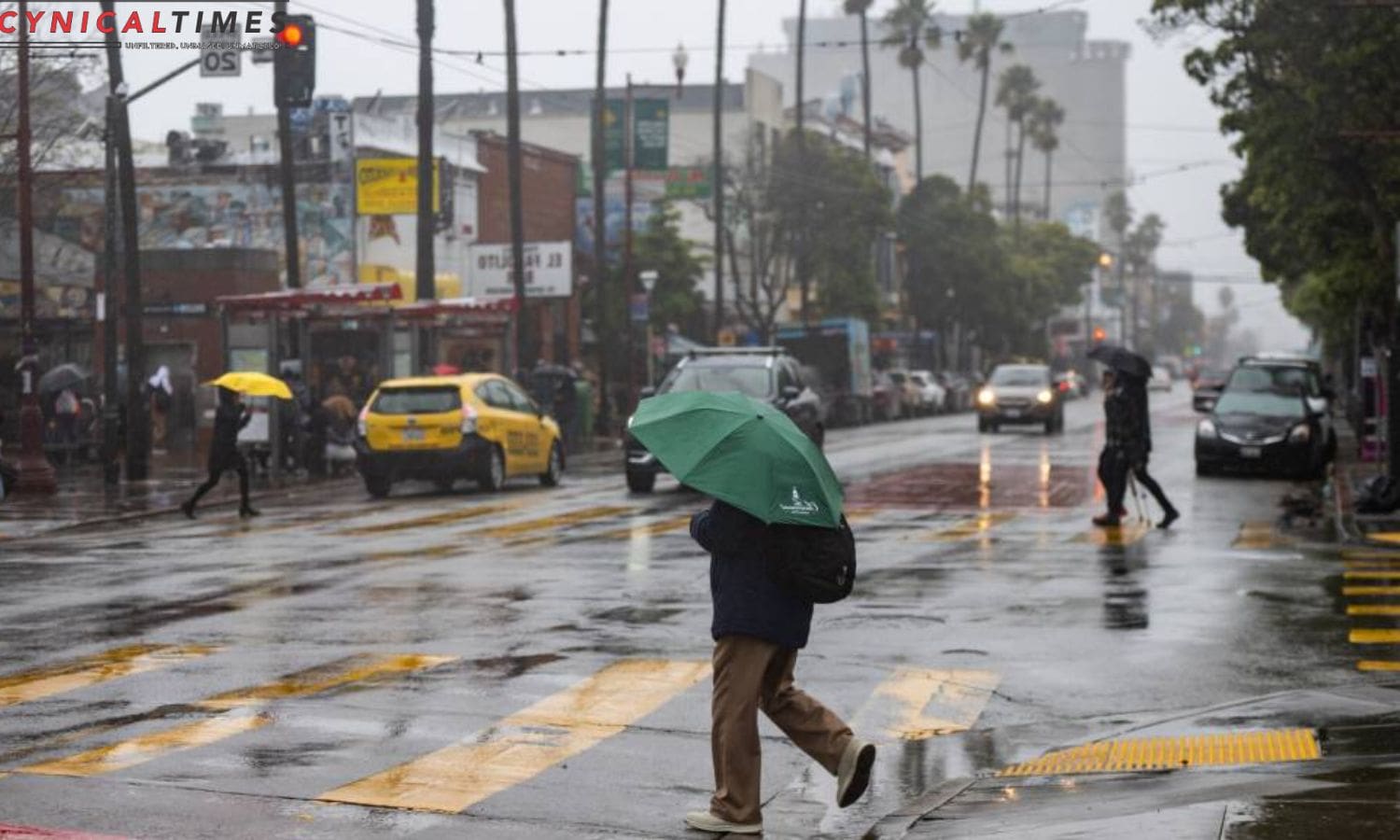Stormy Prelude Bay Area: In a region known for its dry and sunny climate, the Bay Area is bracing itself for an unprecedented encounter with rainy weather patterns.
As storm clouds gather and the threat of El Niño looms, residents and businesses are taking proactive measures to ensure preparedness and minimize the potential impact.
From storm cleanup efforts along the Guadalupe River to coastal precautions in Santa Cruz County, this article explores the challenges, resilience, and readiness of the Bay Area in the face of these weather challenges.
Key Takeaways Of Stormy Prelude Bay Area
- Valley Water crews have conducted storm preparedness and cleanup efforts along the Guadalupe River, including clearing blockages and reinforcing vulnerable areas.
- Local authorities in the Bay Area are assessing the readiness for a Level One storm and the potential impact of El Niño, evaluating critical infrastructure and updating emergency response plans.
- Santa Cruz County is under a high surf warning, urging people to stay away from beaches and coastal areas to prevent potential damage and flooding.
- Businesses in storm-affected areas face challenges such as infrastructure damage, decreased customer footfall, supply chain disruptions, and delays in recovery.


Storm Preparedness and Cleanup Efforts Along Guadalupe River
Valley Water crews have diligently implemented comprehensive storm preparedness and cleanup efforts along the Guadalupe River to mitigate potential damages caused by the anticipated rainy weather patterns. Learning from past experiences, these crews have actively worked to clear blockages and proactively prepare for the forecasted El Niño.
The Guadalupe River, a vital waterway in the Bay Area, is prone to flooding during heavy rainfall, posing a significant threat to nearby communities and infrastructure. To ensure the safety and functionality of the river, Valley Water crews have been conducting regular inspections, removing debris, and reinforcing vulnerable areas.
Their efforts also include implementing erosion control measures and monitoring water levels to prevent overflows. By taking these proactive measures, Valley Water crews are not only minimizing potential damages but also safeguarding the surrounding environment and enhancing the resilience of the Guadalupe River system.
Bay Area’s Readiness for Level One Storm and El Niño Impact
Continuing their proactive approach, local authorities in the Bay Area are now assessing their readiness for a Level One storm and the potential impact of the anticipated El Niño weather patterns. As they prepare for the upcoming challenges, here are the key aspects that the authorities are focusing on:
- Strengthening infrastructure: Authorities are evaluating the resilience of critical infrastructure such as power lines, roads, and bridges to ensure they can withstand heavy rains and potential flooding. This includes inspecting and reinforcing vulnerable areas.
- Emergency response planning: Local authorities are updating their emergency response plans to address the specific challenges posed by a Level One storm and El Niño. This includes coordinating with emergency services, establishing communication channels, and identifying evacuation routes.
- Public awareness and education: The Bay Area authorities are actively engaging with the public to raise awareness about the potential impact of the incoming weather patterns. They are disseminating information on preparedness measures, safety guidelines, and evacuation procedures to ensure the community is well-informed and ready to respond.
Santa Cruz County’s High Surf Warning and Coastal Precautions
Santa Cruz County is currently under a high surf warning, prompting coastal precautions to be taken.
The warning indicates that there is an imminent risk of dangerous and potentially life-threatening waves along the coastline.
As a result, authorities are urging people to stay away from the beaches and coastal areas until the warning is lifted.
The concern is not only for the safety of individuals but also for the potential damage and flooding that could occur, particularly in lower-lying areas.
The high surf warning serves as a reminder of the power and unpredictability of the ocean, and the need to exercise caution when venturing near the water.
It is crucial for residents and visitors to heed the warning and take necessary precautions to ensure their safety during this period of heightened surf activity.


Also Read: Weather Alert High Surf Warning as Coastal Areas Face 40-Foot Waves
Ongoing Recovery and Challenges for Businesses in Storm-Affected Areas
The ongoing recovery and challenges for businesses in storm-affected areas are being exacerbated by the frequency and intensity of these weather patterns. Here are three key factors impacting the recovery process and posing challenges for businesses:
- Infrastructure damage: Severe storms can cause significant damage to roads, bridges, and buildings, making it difficult for businesses to operate. Repairing and rebuilding infrastructure takes time and resources, further delaying the recovery process.
- Decreased customer footfall: Storms often lead to safety concerns and travel restrictions, resulting in a decrease in customer footfall. Businesses in storm-affected areas struggle to attract customers and generate revenue, impacting their financial stability.
- Supply chain disruptions: Storms can disrupt transportation networks and cause delays in the delivery of essential supplies. This can lead to inventory shortages, production delays, and increased costs for businesses.
As businesses in storm-affected areas continue to recover, addressing these challenges is crucial to their long-term sustainability and success.
Resilience Amid Weather Challenges: Bay Area Residents and Business Owners
Amidst the ongoing recovery efforts and challenges faced by businesses in storm-affected areas, the resilience demonstrated by Bay Area residents and business owners has been commendable.
Despite the adverse weather conditions, they have shown a remarkable ability to adapt and endure. The residents have remained resilient by taking necessary precautions and staying informed about the changing weather patterns. They have embraced the challenges with a spirit of unity and community support, helping each other in times of need.
Business owners have also displayed resilience by implementing innovative strategies to mitigate the impact of the storms. They have adapted their operations to accommodate the changing weather conditions and have taken steps to protect their employees and customers.
Through their determination and resourcefulness, Bay Area residents and business owners have shown their unwavering resilience in the face of weather challenges.


Conclusion Of Stormy Prelude Bay Area
Bay Area’s first encounter with rainy weather patterns has highlighted the importance of storm preparedness and cleanup efforts. The region’s readiness for level one storms and the potential impact of El Niño have been crucial considerations.
Santa Cruz County has also taken precautions against high surf warnings and coastal hazards.
Despite ongoing recovery challenges for businesses in storm-affected areas, Bay Area residents and business owners have demonstrated resilience in the face of these weather challenges.

